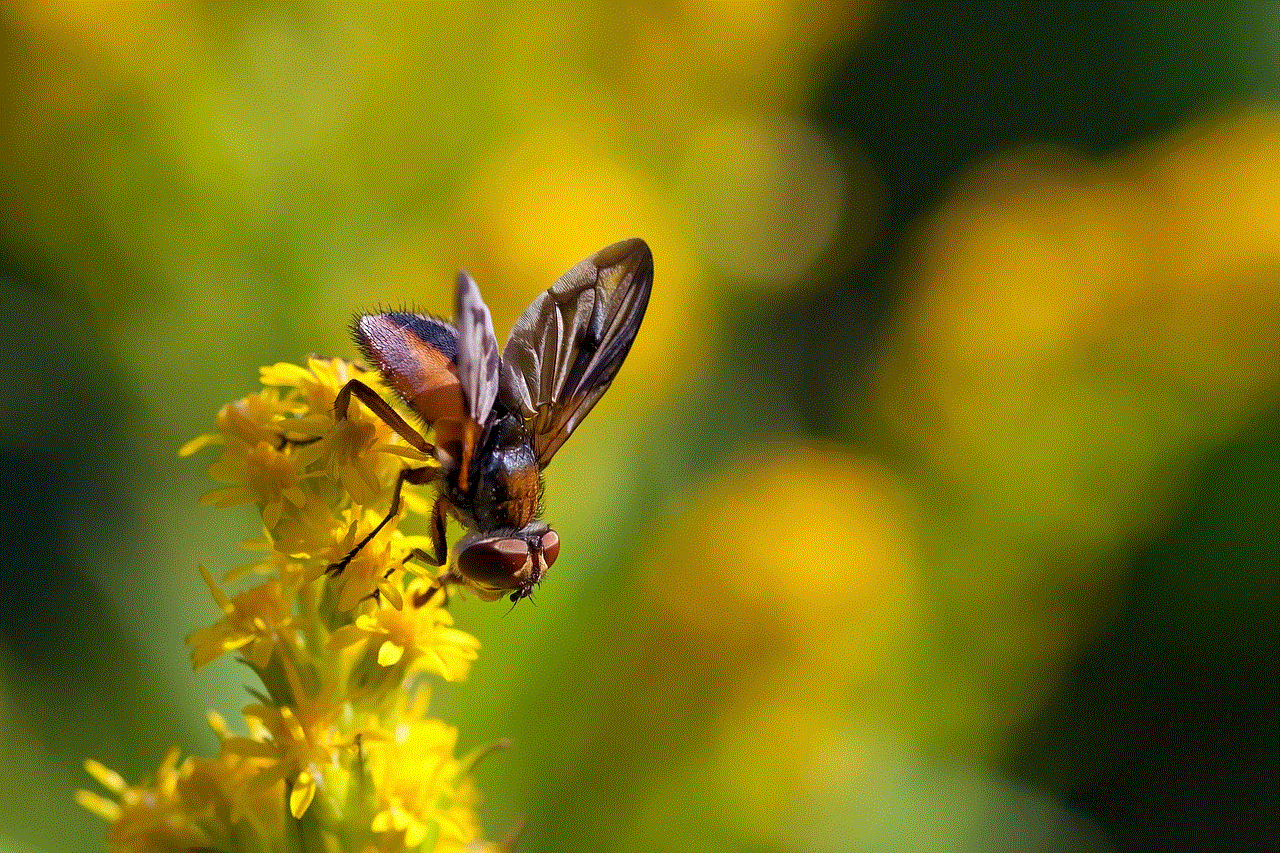thanksgiving crafts for prek
Thanksgiving is a holiday that is celebrated in many countries around the world, but it is most commonly associated with the United States and Canada. It is a time to give thanks for the blessings in our lives and to gather with family and friends to enjoy a delicious feast. For children in pre-kindergarten, this holiday can be a fun and exciting time as they learn about its history and traditions. One great way to engage pre-k students in the spirit of Thanksgiving is through crafts. In this article, we will explore some fun and easy Thanksgiving crafts for pre-k students that can be done both at home and in the classroom.
1. Handprint Turkey
One of the most classic and beloved Thanksgiving crafts for pre-k students is the handprint turkey. This craft is easy to make and only requires a few materials. All you need is construction paper in various colors, scissors, glue, and a marker. Start by tracing the child’s hand on a piece of brown construction paper and cutting it out. Then, have the child glue the handprint onto a sheet of white paper. Next, cut out a beak and wattle from yellow and red construction paper and glue them onto the thumb of the handprint. Finally, use the marker to draw eyes and feet, and voila – a colorful and adorable handprint turkey!
2. Paper Plate Pilgrim Hats
Another fun and simple craft for pre-k students is making paper plate Pilgrim hats. For this craft, you will need paper plates, black construction paper, yellow construction paper, scissors, and glue. Start by cutting out the center of the paper plate, leaving only the rim. Then, cut out a rectangle from the black construction paper and glue it onto the rim to create the hat. Next, cut out a square from the yellow construction paper and glue it onto the front of the hat to make the buckle. This craft is not only fun to make, but it also teaches children about the traditional clothing worn by the Pilgrims during the first Thanksgiving.
3. Cornucopia Collage
A cornucopia, also known as the “horn of plenty,” is a symbol of abundance and harvest. This Thanksgiving craft for pre-k students is not only fun, but it also teaches children about the history of the holiday. For this craft, you will need a paper plate, brown construction paper, scissors, glue, and various fruits and vegetables cut out from construction paper or magazines. Start by cutting the paper plate in half and gluing the brown construction paper to one half to create the cornucopia shape. Then, have the children glue the fruits and vegetables onto the paper plate to fill the cornucopia. This is a great opportunity to talk to children about the different types of food that are typically served on Thanksgiving.
4. Thankful Wreath
Thanksgiving is a time to give thanks, and what better way to do that than with a thankful wreath? For this craft, you will need a paper plate, construction paper in fall colors, scissors, glue, and a marker. Start by cutting out the center of the paper plate, leaving only the rim. Then, cut out leaf shapes from the construction paper and have the children write things they are thankful for on each leaf. Finally, have the children glue the leaves onto the paper plate to create a colorful and meaningful thankful wreath.
5. Pumpkin Pie Craft
Pumpkin pie is a staple of Thanksgiving dinner, and this craft is a fun way to bring the delicious dessert into the classroom. For this craft, you will need brown and orange construction paper, scissors, glue, and markers. Start by cutting out a circle from the brown construction paper to create the crust of the pie. Then, have the children cut out triangles from the orange construction paper to create the slices of pumpkin pie. Next, have the children glue the triangles onto the circle to create a pie. Finally, use the markers to draw on whipped cream and a fork, and your pumpkin pie craft is complete!
6. Handprint Corn Craft
Corn is another traditional food that is often associated with Thanksgiving. This craft is a great way to teach children about the importance of corn in the holiday’s history. For this craft, you will need white paper, yellow and green paint, a paintbrush, and a marker. Start by having the children dip their hands in the yellow paint and make handprints on the white paper. Then, use the green paint to create a husk around the handprints. Once the paint is dry, use the marker to draw on the kernels of corn, and you have a fun and colorful handprint corn craft.
7. Turkey Headbands
Headbands are always a hit with young children, and this Thanksgiving craft is no exception. For this craft, you will need a strip of paper, construction paper in various colors, scissors, glue, and a marker. Start by cutting out feathers, a beak, and a wattle from the construction paper. Then, have the children glue the feathers onto the strip of paper. Next, have the children glue the beak and wattle onto the front of the headband. Finally, use the marker to draw on eyes, and the children can wear their turkey headbands proudly!
8. Handprint Cornucopia
Similar to the cornucopia collage, this craft also uses the horn of plenty as its inspiration. For this craft, you will need construction paper in various colors, scissors, glue, and a marker. Start by tracing the child’s hand on a piece of brown construction paper and cutting it out. Then, have the children cut out fruits and vegetables from construction paper or magazines. Next, have the children glue the handprint onto a sheet of white paper and arrange the fruits and vegetables around it to create a cornucopia. This is another great opportunity to talk to children about the different types of food that are typically served on Thanksgiving.
9. Stuffed Paper Bag Turkey



This craft is a bit more involved, but it is still easy enough for pre-k students to participate in. For this craft, you will need a paper bag, construction paper in various colors, scissors, glue, and markers. Start by stuffing the paper bag with crumpled newspaper to create the body of the turkey. Then, have the children cut out feathers, a beak, and a wattle from the construction paper. Next, have the children glue the feathers onto the back of the paper bag. Finally, use the markers to draw on eyes and feet, and you have a cute and festive stuffed paper bag turkey.
10. Handprint Mayflower
The Mayflower was the ship that brought the Pilgrims to America, making it an important symbol in the history of Thanksgiving. For this craft, you will need construction paper in various colors, scissors, glue, and a marker. Start by tracing the child’s hand on a piece of brown construction paper and cutting it out. Then, cut out a rectangle from the same construction paper to create the ship’s body. Next, have the children cut out sails from white construction paper and glue them onto the ship. Finally, use the marker to draw on windows and a flag, and you have a handprint Mayflower that children will love.
In conclusion, Thanksgiving is a holiday that is filled with traditions and symbols that are important to teach children, especially at a young age. By engaging pre-k students in Thanksgiving crafts, you are not only providing them with a fun and creative activity, but you are also teaching them about the history and traditions of the holiday. These crafts are easy, affordable, and can be done both at home and in the classroom. So, gather your materials and have fun creating these Thanksgiving crafts with your pre-k students. Happy Thanksgiving!
5 reasons why phones should be allowed in school
Title: The Integration of Phones in Schools: Encouraging Learning and Empowering Students
Introduction
In today’s digital age, smartphones have become an integral part of our lives. They have revolutionized the way we communicate, access information, and even learn. However, there is an ongoing debate about whether phones should be allowed in schools. While some argue that phones can be a distraction, I firmly believe that there are several compelling reasons why phones should be allowed in schools. In this article, we will explore five key reasons why the integration of phones in schools can enhance the learning experience, promote student engagement, and prepare students for the digital world they will inhabit.
1. Access to Information
One of the primary reasons why phones should be allowed in schools is the unprecedented access to information they provide. Gone are the days when students had to rely solely on textbooks or limited resources within the classroom. With smartphones, students can effortlessly access a wealth of information from reputable sources, allowing for real-time research, fact-checking, and critical thinking. This access to knowledge not only enhances their learning experience but also equips them with the skills needed to navigate the vast sea of digital information responsibly.
2. Digital Literacy



The integration of phones in schools can also foster digital literacy, a vital skill for success in the modern world. By utilizing smartphones as a learning tool, students can develop the ability to navigate various digital platforms, understand different media formats, and critically evaluate online content. These skills are essential for their future careers, where technology plays an increasingly prominent role. Allowing phones in schools encourages students to become digitally fluent, empowering them to harness the potential of technology for educational purposes.
3. Interactive Learning
Phones offer a myriad of educational apps, interactive platforms, and virtual resources that can transform traditional classrooms into engaging, dynamic learning environments. With the help of phones, teachers can incorporate interactive quizzes, educational games, and multimedia presentations into their lessons. This interactive approach not only stimulates student interest but also caters to diverse learning styles, making the educational experience more inclusive and effective. By embracing phones as a tool for interactive learning, schools can harness technology to create a student-centered educational environment.
4. Collaboration and Communication
Phones facilitate seamless collaboration and communication among students, fostering teamwork and enhancing their social skills. Through various communication apps, students can collaborate on projects, share ideas, and seek feedback from their peers, even outside the confines of the classroom. This enhances their ability to work in teams, improves their communication skills, and prepares them for the collaborative nature of the professional world. Allowing phones in schools acknowledges the importance of digital communication and encourages students to utilize it responsibly and effectively.
5. Real-World Preparedness
The world outside the school gates is increasingly digital, and by integrating phones into the educational setting, we equip students with the skills and knowledge they need to succeed in the real world. Smartphones are ubiquitous in our society, and learning how to use them responsibly, ethically, and effectively is a crucial aspect of preparing students for the future. By allowing phones in schools, we are fostering digital citizenship, teaching students how to navigate the internet safely, critically evaluate online content, and use technology responsibly in various contexts.
Addressing Concerns
While the benefits of allowing phones in schools are numerous, it is essential to address the concerns that opponents may have. One common concern is that phones can be a distraction, diverting students’ attention away from their studies. However, this concern can be mitigated through clear guidelines and policies that regulate phone usage during class hours. By establishing specific rules, such as only allowing phones for educational purposes or during designated break times, schools can ensure that phones are used responsibly and do not disrupt the learning environment.
Another concern is the potential for cyberbullying or misuse of phones. However, this issue should not be a reason to ban phones altogether. Instead, schools should take a proactive approach to digital citizenship education, teaching students about online safety, responsible phone use, and the consequences of cyberbullying. By addressing these concerns head-on, schools can create a safe and inclusive environment while still reaping the benefits of integrating phones into the educational setting.



Conclusion
In conclusion, there are numerous reasons why phones should be allowed in schools. From providing access to a vast pool of information to fostering digital literacy, promoting interactive learning, facilitating collaboration, and preparing students for the digital world, the integration of phones can bring about significant educational benefits. It is crucial to recognize that smartphones are an integral part of our students’ lives, and by embracing them as tools for learning, we can harness their potential to enhance education and empower students. With clear guidelines and proactive efforts to address concerns, schools can create a balanced approach that capitalizes on the advantages of phones while minimizing distractions and misuse. By doing so, we can ensure that our students are well-prepared for the challenges and opportunities of the digital age.